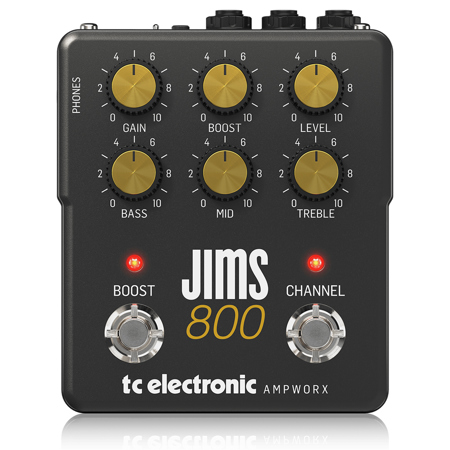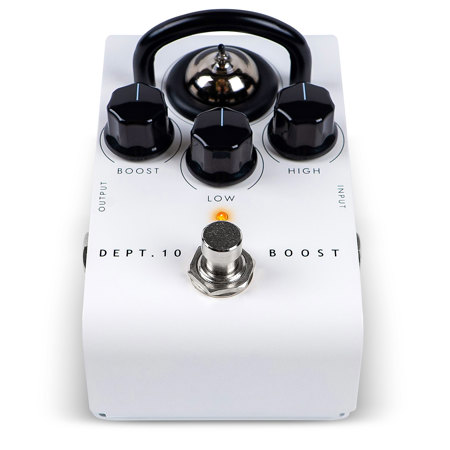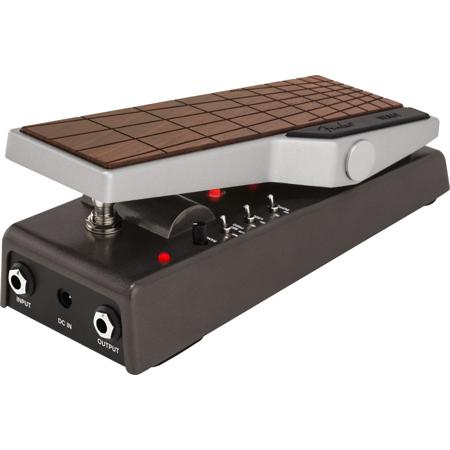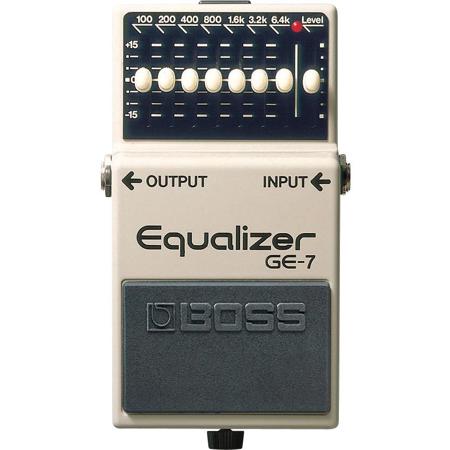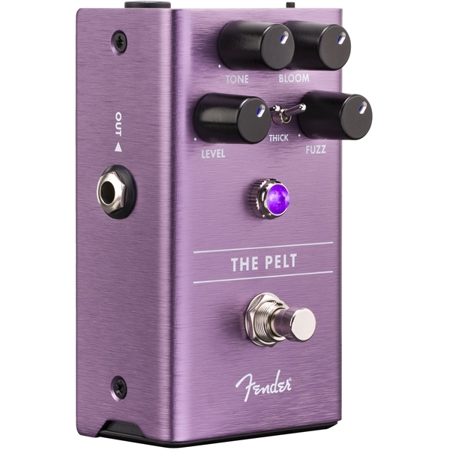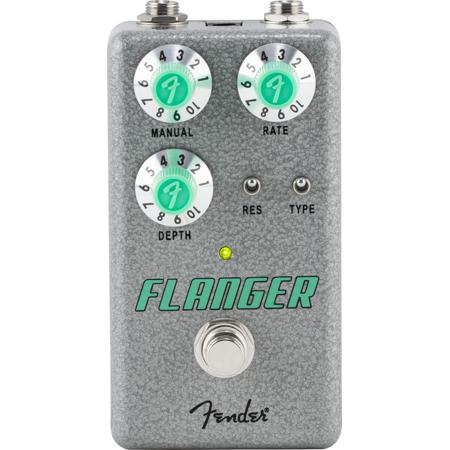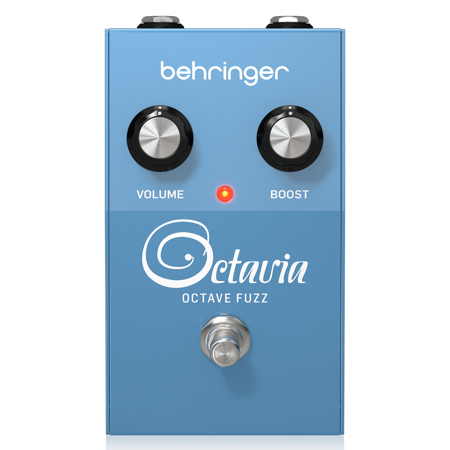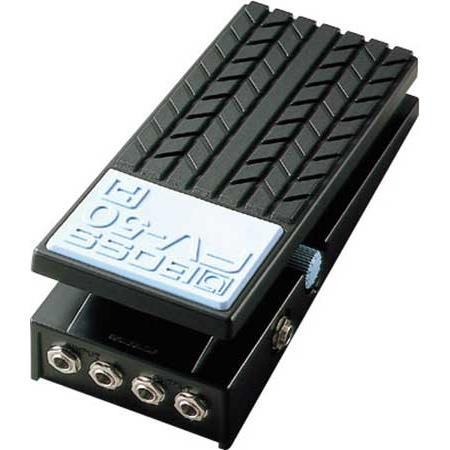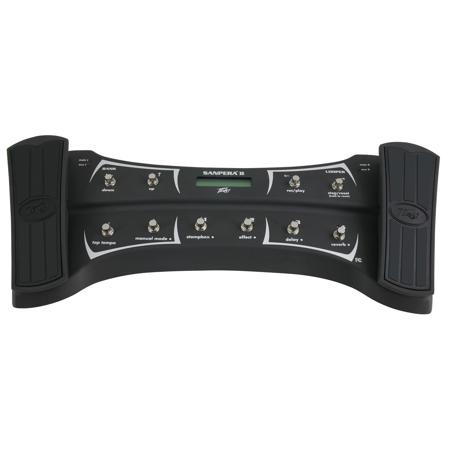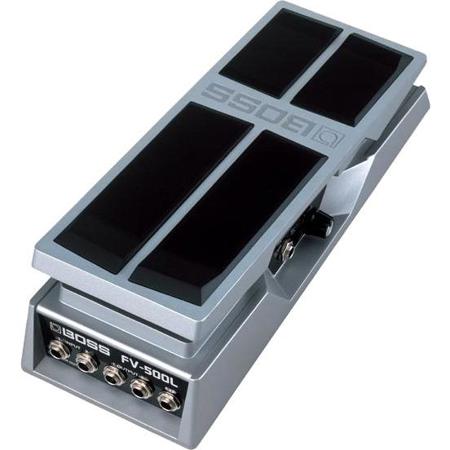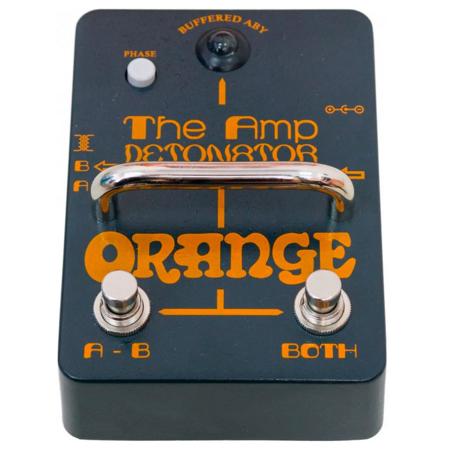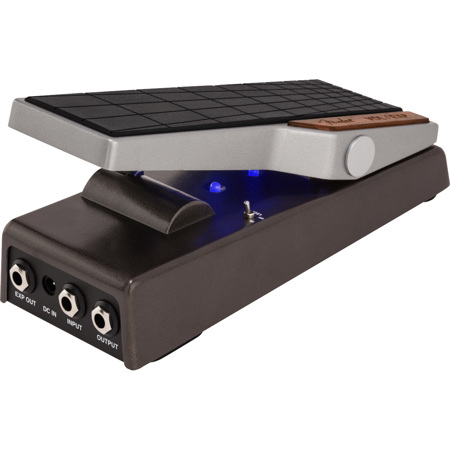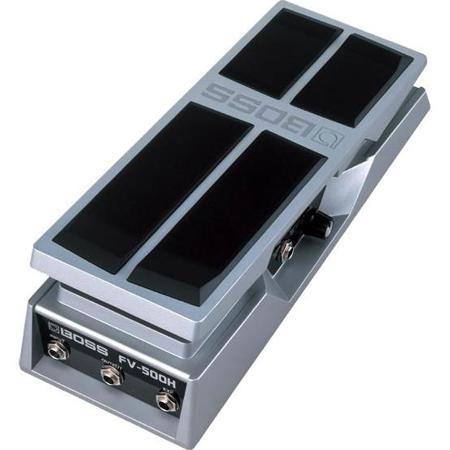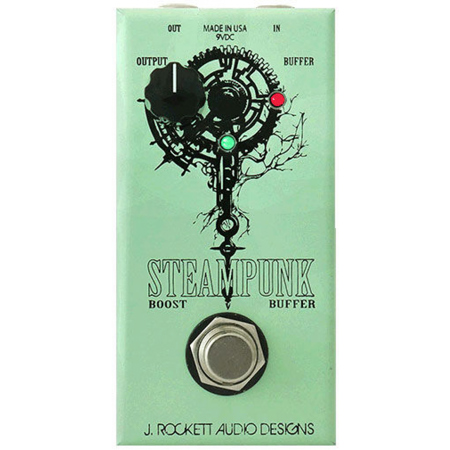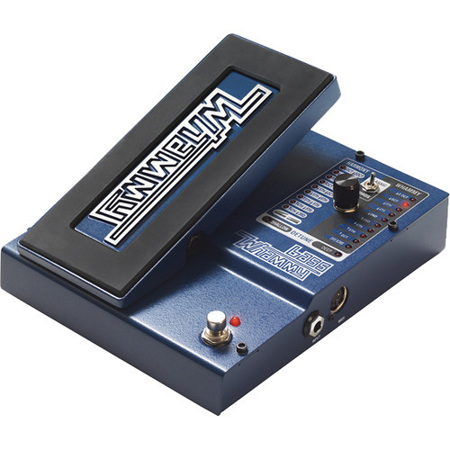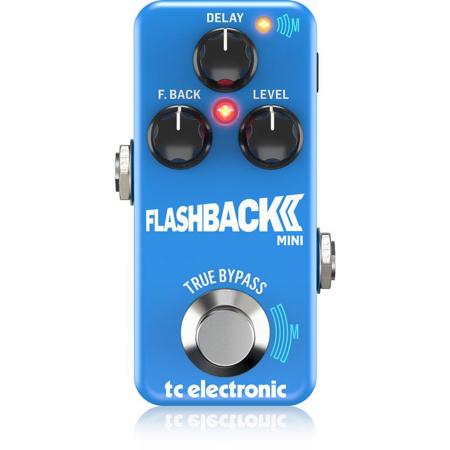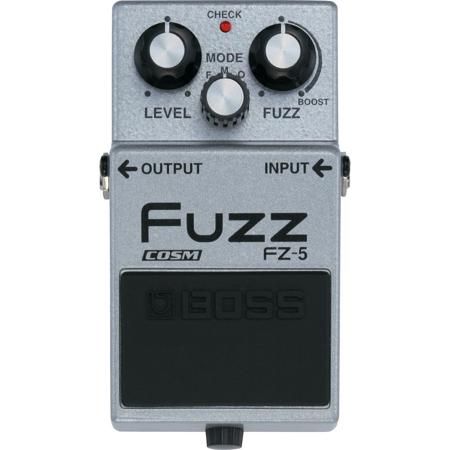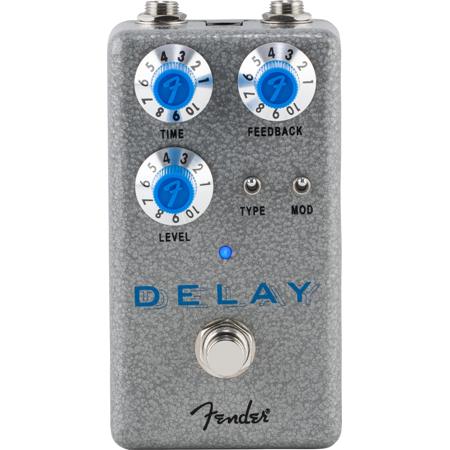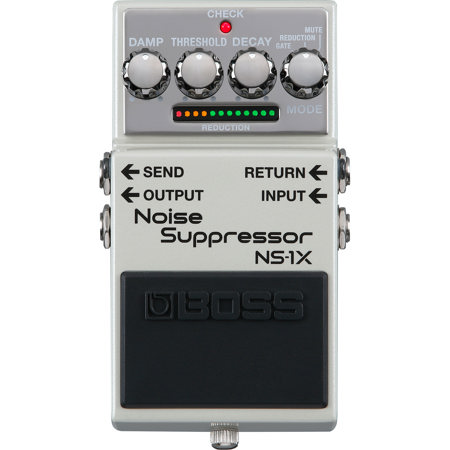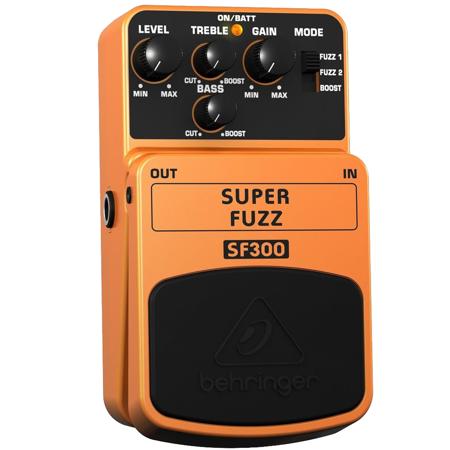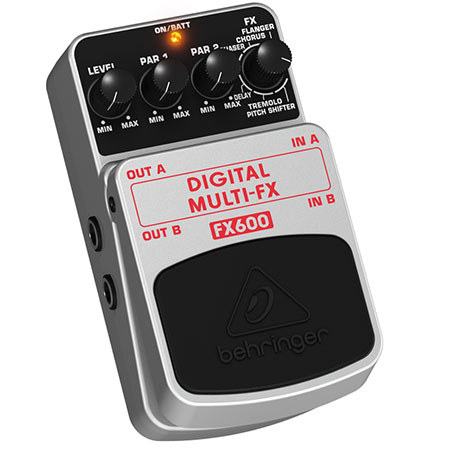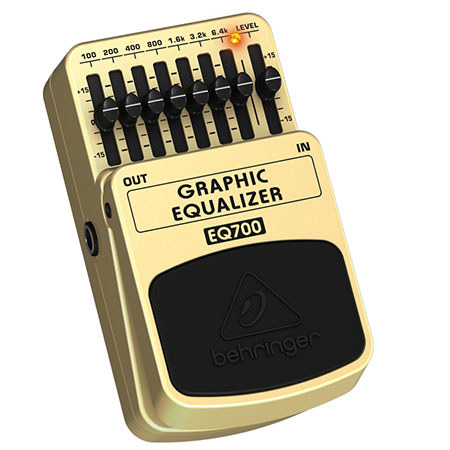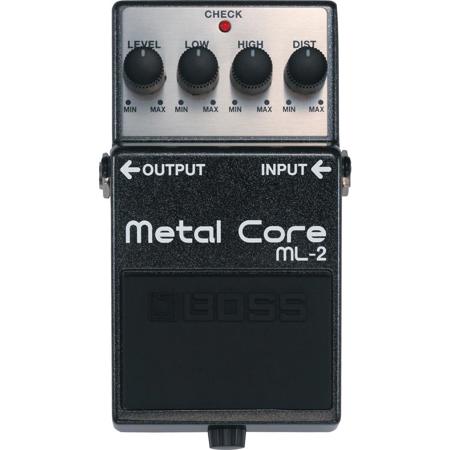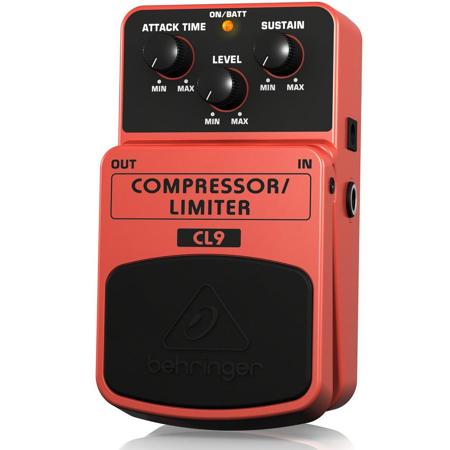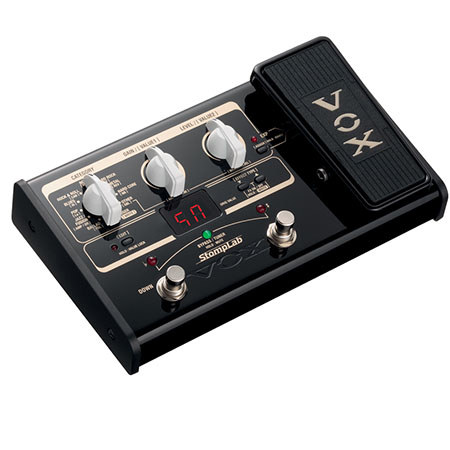Lead Guitar Pedals
For musicians seeking to elevate their solos and make their melodies soar, lead guitar pedals are essential tools that unlock a world of creative expression. These pedals are designed to enhance the nuances of solo-focused playing, providing the sustain, grit, and vocal-like presence that define unforgettable lead tones. Whether you’re a seasoned guitarist perfecting your stage setup or a passionate hobbyist looking to add depth to your home recordings, the right combination of effects can transform your sound and boost your confidence. Overdrive and distortion pedals are the backbone of most lead guitar rigs, delivering the “dirt” and singing sustain that help notes cut through the mix. The best lead guitar pedal will offer just the right amount of saturation—enough to make each note bloom, but with clarity that preserves the character of your instrument. Time-based effects like delay and reverb are also indispensable, adding dimension, space, and atmosphere to solos. A well-placed delay can turn a simple phrase into a cascading, memorable motif, while reverb lends a sense of grandeur, making each note resonate as if played in a concert hall. Modulation effects, such as chorus and flanger, further enrich the lead sound by introducing movement and texture, from subtle shimmer to swirling, jet-like sweeps.
Choosing the right lead guitar pedals is a deeply personal process, shaped by your playing style, musical genre, and the environments where you perform. For blues and classic rock enthusiasts, a warm, transparent overdrive may be the secret to achieving that iconic, singing lead tone. Metal and hard rock players often gravitate toward more aggressive distortion pedals for intense sustain and punch, and may also want to explore our curated selection of Metal Guitar Pedals for even heavier tones. Jazz and fusion guitarists might prefer pedals that offer clarity and responsiveness, allowing intricate phrasing and dynamics to shine. As autumn arrives and the season’s gigs and recording sessions pick up, it’s the perfect time to refine your sound and experiment with new effects. Lead guitar pedals also make thoughtful gifts for aspiring musicians, gigging professionals, or anyone passionate about exploring new sonic landscapes. Imagine the excitement of unboxing a new pedal, plugging it in, and discovering tones that inspire hours of creative practice—whether you’re playing in a cozy studio as the leaves change outside or lighting up a stage with your band. With the right pedals at your feet, every note becomes an opportunity to express yourself and captivate your audience.
When building your pedalboard, consider how each effect will interact with your guitar and amplifier. Placement in the signal chain, power requirements, and compatibility with other pedals can all influence your final sound. Some players prefer a minimalist approach, relying on a single overdrive or delay for their signature tone, while others enjoy crafting intricate chains that allow for endless tonal experimentation. Many modern pedals offer versatile controls, from tone shaping to tap tempo and preset storage, making it easier than ever to dial in the perfect lead sound for any song or venue. As you explore our selection, think about the moments that define your playing—those soaring bends, articulate slides, or rapid-fire runs—and choose pedals that will help you bring those moments to life. Whether you’re recording in the studio, performing on stage, or jamming at home, lead guitar pedals are the key to unlocking your full creative potential and leaving a lasting impression with every solo.
Choosing the right lead guitar pedals is a deeply personal process, shaped by your playing style, musical genre, and the environments where you perform. For blues and classic rock enthusiasts, a warm, transparent overdrive may be the secret to achieving that iconic, singing lead tone. Metal and hard rock players often gravitate toward more aggressive distortion pedals for intense sustain and punch, and may also want to explore our curated selection of Metal Guitar Pedals for even heavier tones. Jazz and fusion guitarists might prefer pedals that offer clarity and responsiveness, allowing intricate phrasing and dynamics to shine. As autumn arrives and the season’s gigs and recording sessions pick up, it’s the perfect time to refine your sound and experiment with new effects. Lead guitar pedals also make thoughtful gifts for aspiring musicians, gigging professionals, or anyone passionate about exploring new sonic landscapes. Imagine the excitement of unboxing a new pedal, plugging it in, and discovering tones that inspire hours of creative practice—whether you’re playing in a cozy studio as the leaves change outside or lighting up a stage with your band. With the right pedals at your feet, every note becomes an opportunity to express yourself and captivate your audience.
When building your pedalboard, consider how each effect will interact with your guitar and amplifier. Placement in the signal chain, power requirements, and compatibility with other pedals can all influence your final sound. Some players prefer a minimalist approach, relying on a single overdrive or delay for their signature tone, while others enjoy crafting intricate chains that allow for endless tonal experimentation. Many modern pedals offer versatile controls, from tone shaping to tap tempo and preset storage, making it easier than ever to dial in the perfect lead sound for any song or venue. As you explore our selection, think about the moments that define your playing—those soaring bends, articulate slides, or rapid-fire runs—and choose pedals that will help you bring those moments to life. Whether you’re recording in the studio, performing on stage, or jamming at home, lead guitar pedals are the key to unlocking your full creative potential and leaving a lasting impression with every solo.

